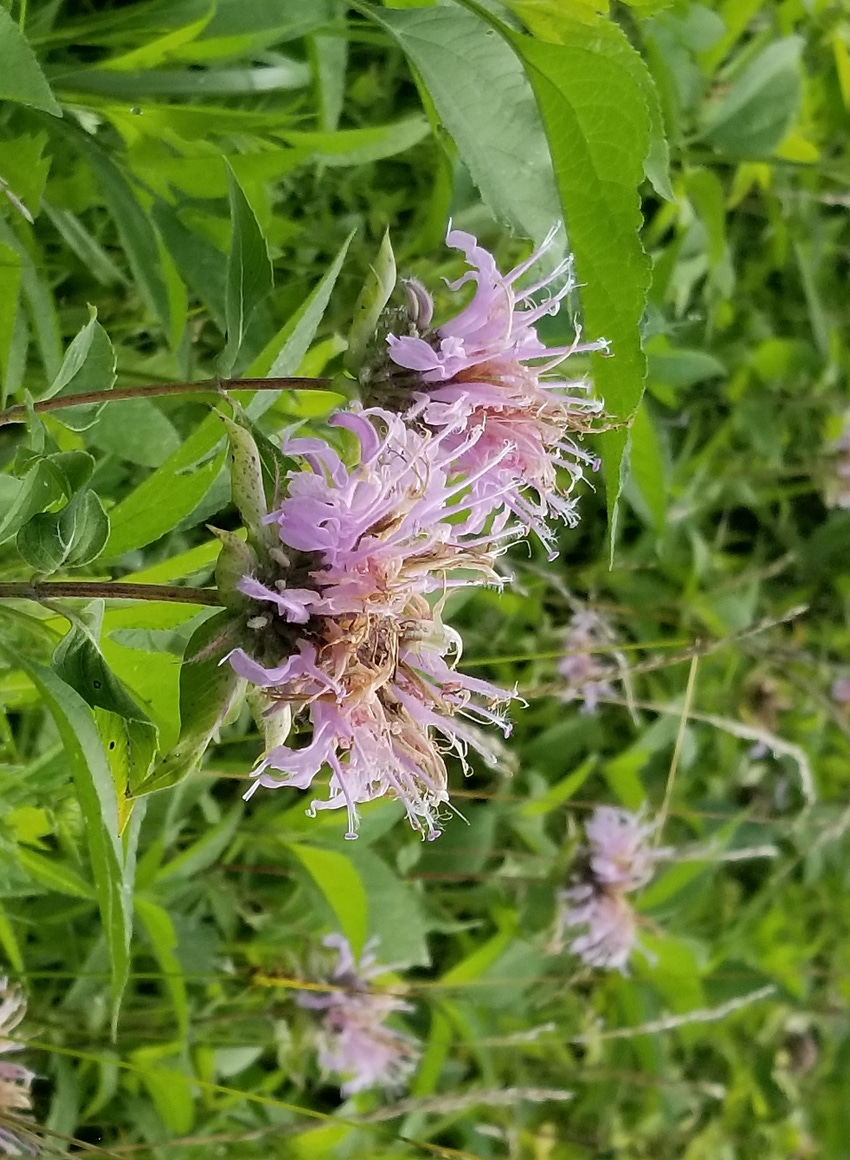
In a two-year experiment in Ireland and Switzerland, researchers found a positive relationship between plant diversity and yield stability in intensely managed grassland, including during experimental drought conditions.
The results were recently presented at the British Ecological Society’s annual meeting in Belfast.
The benefits of multispecies mixtures were so strong that yields from a mixture of four species under drought conditions matched or exceeded yields for monocultures under normal rainfall conditions, the researchers said.
Interestingly, the mixtures used no more than four species, but still found these positive associations. The most productive cover croppers and graziers in the US use many times that number. This new research is reminiscent of the findings on value of biodiversity at the research center at Cedar Creek, Minnesota.
The four species tested in Europe were perennial ryegrass, chicory, red clover and white clover.
“Multi-species mixtures can be an effective, farm-scale practical action that could be used to mitigate or even adapt to the effects of severe weather events such as drought”, said John Finn, Researcher at Teagasc.
“When I first started talking about investigating effects of drought in Irish grassland in 2009, some of the farmers that we spoke to thought I was crazy. There was more concern about winter waterlogging than summer drought. Since then, however, we have had two serious summer droughts, most recently in 2018. All of the climate models indicate that summer droughts will become more frequent and more severe.”
In Europe this means that grasslands will be increasingly subjected to intense winter rain precipitation and summer droughts. Protecting yield stability through methods like increasing the species diversity in grassland systems will become increasingly important, Finn said. Such weather variations, of course, are common across much of the North American continent.
In Ireland, across three harvests during and just after the drought period, the average monoculture yields of 1.41 tons per hectare in a harvest dropped to 1.08 tons due to drought. The multispecies mixture under drought yielded 1.3 tons hectare. One hectare is 2.47 acres.
In Switzerland, the average monoculture yields of 1.63 tons per hectare in a harvest dropped to 1.26 tons per hectare under drought. Meanwhile, the multispecies mixture under drought yielded 1.9 tons per hectare.
In addition, the variation in yield decreased as plant diversity increased.
The researchers sowed combinations of the four species in different plots to compare monocultures, two-species mixtures and four-species mixtures. Half of the plots, which measured three meters by five meters) were covered in rain shelters to create a severe drought event for nine weeks. This allowed them to compare the effects of plant diversity as well as drought on yield. A cutting regime was used to mimic grazing.
The research was performed at two sites in Ireland and Switzerland as part of AnimalChange, an EU project aimed at developing scientific guidance on sustainable development for livestock production under climate change.
The researchers have also begun testing the effects of greater species diversity, expanding the tests from four crops to six, introducing timothy grass and plantain, and looking more closely at levels of nitrogen fertilizer.
“We didn’t have a grazing treatment, and it would be important to confirm that the observed mixture benefits in a cutting regime would also occur under grazed conditions. This work is currently ongoing,” Finn said.
About the Author(s)
You May Also Like




